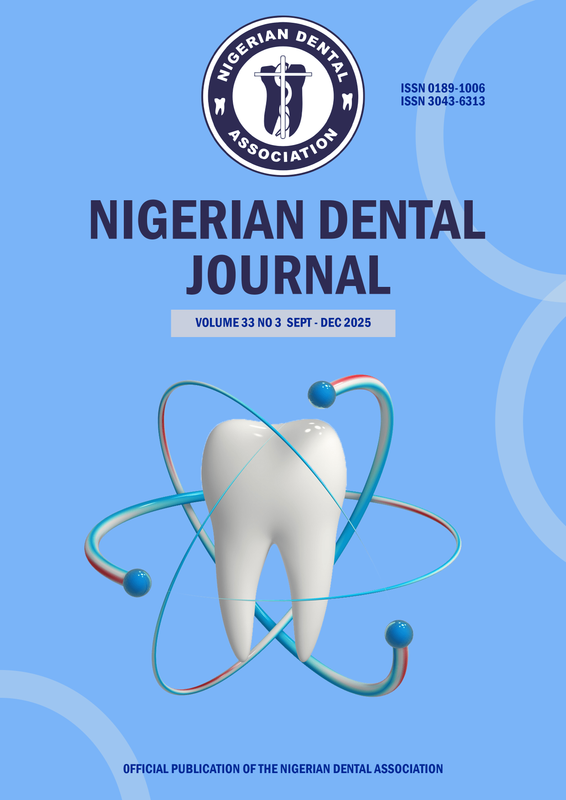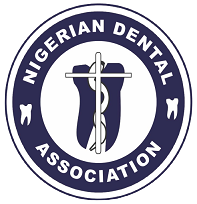Submissions
Submission Preparation Checklist
All submissions must meet the following requirements.
- The submission has not been previously published, nor is it before another journal for consideration or an explanation has been provided in Comments to the Editor.
- The submission file is in OpenOffice, Microsoft Word, or RTF document file format.
- Where available, URLs for the references have been provided.
- The text is double-spaced; uses a 12-point font; employs italics, rather than underlining (except with URL addresses); and all illustrations, figures, and tables are placed within the text at the appropriate points, rather than at the end.
- The text adheres to the stylistic and bibliographic requirements outlined in the Author Guidelines.
- You have separated the title page from the rest of the manuscript and anonymized the document
- You have labelled the first page containing author/s information as "Title page" and you have labelled the rest of the document as "manuscript"
- Your title page includes a clear statement on adherence to the reporting standards applicable to your study design :
- - CONSORT (Clinical Trials)
- - STROBE (Observational Studies)
- - PRISMA (Systematic Reviews)
- - CARE (Case Reports)
- - STARD (Diagnostic Accuracy Studies)
- More details at https://www.nlm.nih.gov/services/re
- Compulsory ethical requirements Any manuscript concerned with human subjects, medical records, or human tissue that is submitted to the Nigerian Dental Journal should comply with the principles stated in the Declaration of Helsinki “Ethical Principles for Medical Research Involving ‘Human Subjects”, adopted by the 18th World Medical Assembly, Helsinki, Finland, June 1964, and as amended most recently by the 64th World Medical Assembly, Fontaleza, Brazil, October 2013. https://www.wma.net/what-we-do/medical-ethics/declaration-of-helsinki/ WMA Declaration of Helsinki
Articles
Section default policyCopyright Notice
The articles are published under the Creative Commons International attribution 4.0 License.. Authors retain the copyright to their articles.
Privacy Statement
Licensing statement: All articles published by the Nigerian Dental Journal are licensed under the Creative Commons Attribution 4.0 International License.
Copyright statement
Copyright © 1999 The authors. This work, Nigerian Dental Journal by Nigerian Dental Association is licensed under Creative Commons Attribution 4.0 International License. This permits authors and everyone one to copy, redistribute, remix, transmit and adapt the work provided the original work and source is appropriately cited.
Privacy statement
The names and email addresses entered in this journal site will be used exclusively for the stated purposes of this journal and will not be made available for any other purpose or to any other party.
Editorial policies:
Policy on type of publication types: The Nigerian Dental Journal, the official publication of the Nigerian Dental Association publishes peer-reviewed, scientific articles relevant to the needs of dental, medical and other health professionals in Nigeria and other parts of the world. The Nigerian Dental Journal is published triannually and the contributions that are accepted for publication include clinical papers, research papers, review papers, technical notes (surgical techniques, technical innovations), case reports and letters to the editor that are related to dentistry and allied professions. ISSN: 0189-1006
Editorial policy on manuscript submissions: Articles are currently submitted through our new journal website for online journal management including online submissions. We onky accept articles not under consideration for publication anywhere else.
Authorship policy: Authorship is guided by the COPE authorship criteria - https://publicationethics.org/resources/discussion-documents/authorship
Authorship and AI : We subscribe to the position of WAME and CPPE on authorship and AI as available at https://publicationethics.org/cope-position-statements/ai-author
Editorial Use of Artificial Intelligence (AI) Tools
To enhance the readability and linguistic quality of accepted manuscripts, the editorial office of the Nigerian Dental Journal may employ AI-powered language tools during the final stages of manuscript preparation. This process is aimed solely at improving grammar, syntax, clarity, and overall flow of the text.
Key points of this editorial practice include:
1. Post-Acceptance Application: AI tools are used only after a manuscript has undergone peer review and been formally accepted for publication. They are not involved in the peer review process or in making editorial decisions.
2. No Scientific Alteration: The use of AI is limited to language refinement. Scientific content, data interpretation, and conclusions are not modified through AI tools.
3. Human Oversight and Accountability: All AI-assisted edits are reviewed by qualified editorial staff to ensure accuracy, appropriateness, and fidelity to the author’s original meaning. The Editor-in-Chief maintains full responsibility for the final published version.
4. Transparency and Ethical Standards: This practice aligns with current recommendations from the Committee on Publication Ethics (COPE) and the International Committee of Medical Journal Editors (ICMJE), which encourage responsible and transparent use of AI in scholarly publishing.
Authors whose manuscripts are subject to such post-acceptance polishing may be notified as part of the journal’s editorial workflow. The goal of this approach is to ensure high editorial standards while supporting clear scientific communication.
Correction, retraction, republication and version control policy: The NDJ subscribes to the ICMJE standards as detailed here: https://www.icmje.org/recommendations/browse/publishing-and-editorial-issues/corrections-and-version-control.html
Clinical trial registration policy: All clinical trials should be registered in accordance with ICJME recommendations --https://www.icmje.org/recommendations/browse/publishing-and-editorial-issues/clinical-trial-registration.html. In the rare event of a retrospective Registration, it must becso-stated.
WAME membership: https://www.wame.org We subscribe to the editorial standards/ethics of the world association of medical editors (WAME) of which the edior-in-chief is a member. We recognize that WAME is not an indexing body.
Editorial peer-review policy: These are in line with editorial global best practices, and the journal requests authors to meet standards of confidentiality for research participants. All articles are subjected to a double-anonymous peer-review process. Reviewers are chosen based on expertise in the subject area. The peer-review duration varies but we try our best to be prompt. The process from submission to decision typically takes about 12 weeks. In cases where authors disagree with reviewers, the decision of the Editor-in-Chief after seeking expert review is final.
Editorial policy on allegations of misconduct: The Nigerian Dental Journal has zero tolerance for plagiarism and other forms of publication misconduct. We subscribe to the ethical standards of the committee on publighing ethics (COPE) https://publicationethics.org/
All allegations must however, be substantiated and signed. The editorial board will use its discretion in the handling of anonymous reports if the weight of the evidence is strong enough with or without the identity of the complainant. In the first instance, authors will be contacted, and proven cases will be withdrawn and the author's institution informed.
Advertisement policy
Adverts are welcome from the public provided they are not related to harmful health habits and practices.
Open Access Statement
- We became Open Access since January 2023.
- Our new and archived materials are available free of charge on open basis and under a Creative Commons license as stated below
Article Processing Charge(APC): We charge an APC of NGN55,000 on accepted manuscripts only.There is no submission fee. This is our primary source of funding.
Plagiarism
The Nigerian Dental Journal has zero tolerance for plagiarism. We screen any suspicious submissions for plagiarism and if found, the submission will be outrightly rejected.

